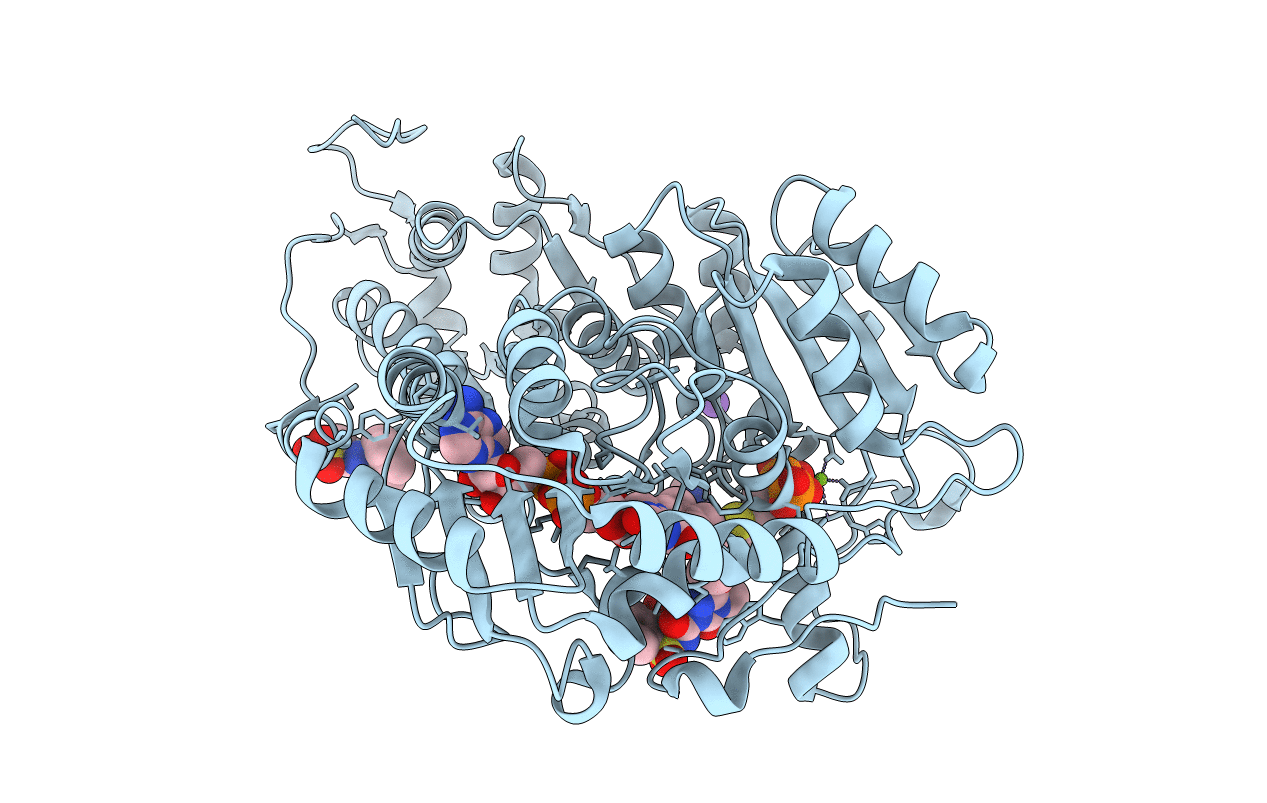
Deposition Date
2016-05-25
Release Date
2017-02-08
Last Version Date
2024-10-30
Entry Detail
PDB ID:
5K6T
Keywords:
Title:
Crystal structure of Arabidopsis thaliana acetohydroxyacid synthase in complex with a sulfonylamino-carbonyl-triazolinone herbicide, propoxycarbazone-sodium
Biological Source:
Source Organism:
Arabidopsis thaliana (Taxon ID: 3702)
Host Organism:
Method Details:
Experimental Method:
Resolution:
2.76 Å
R-Value Free:
0.17
R-Value Work:
0.14
R-Value Observed:
0.14
Space Group:
P 64 2 2


